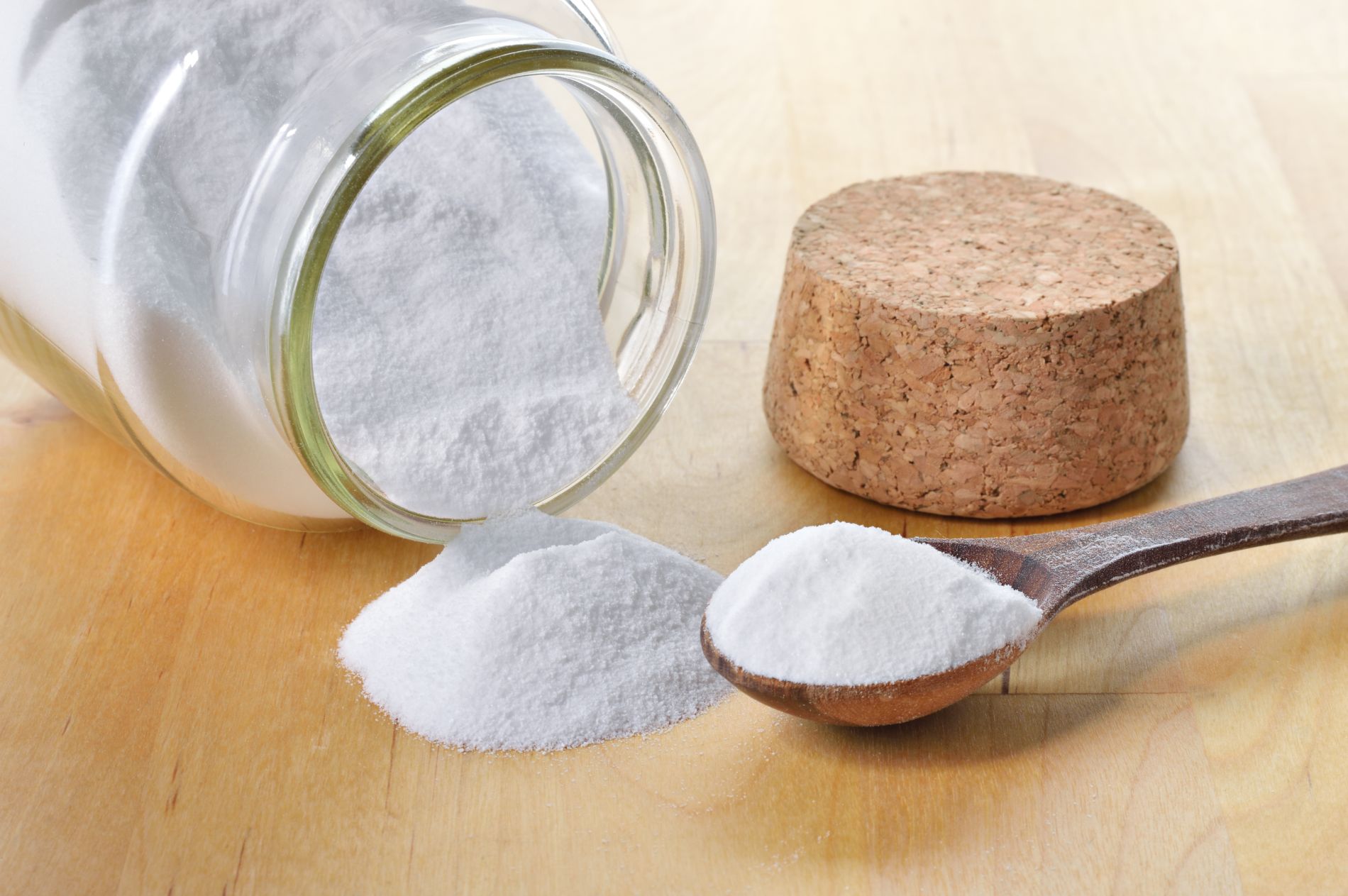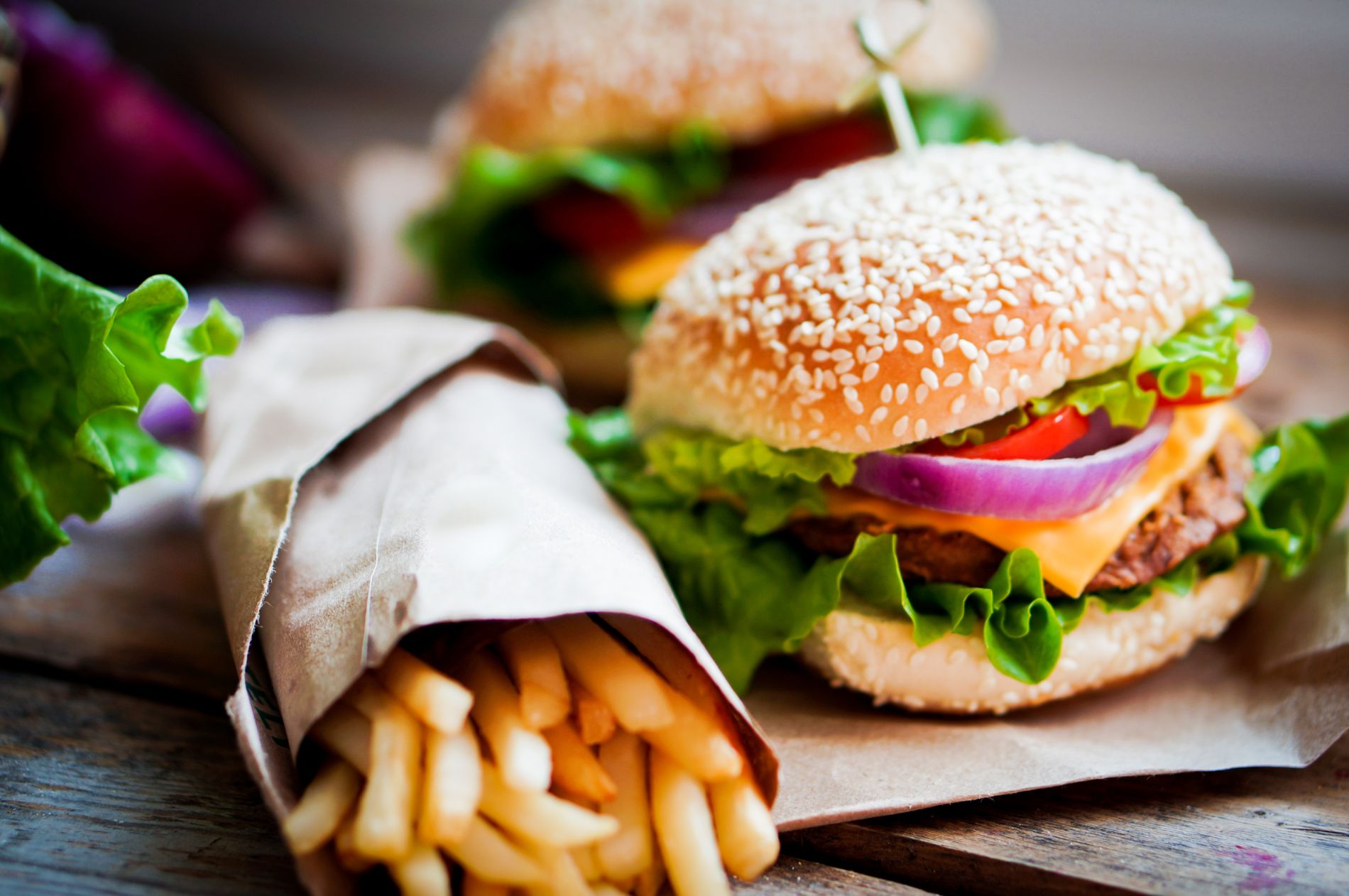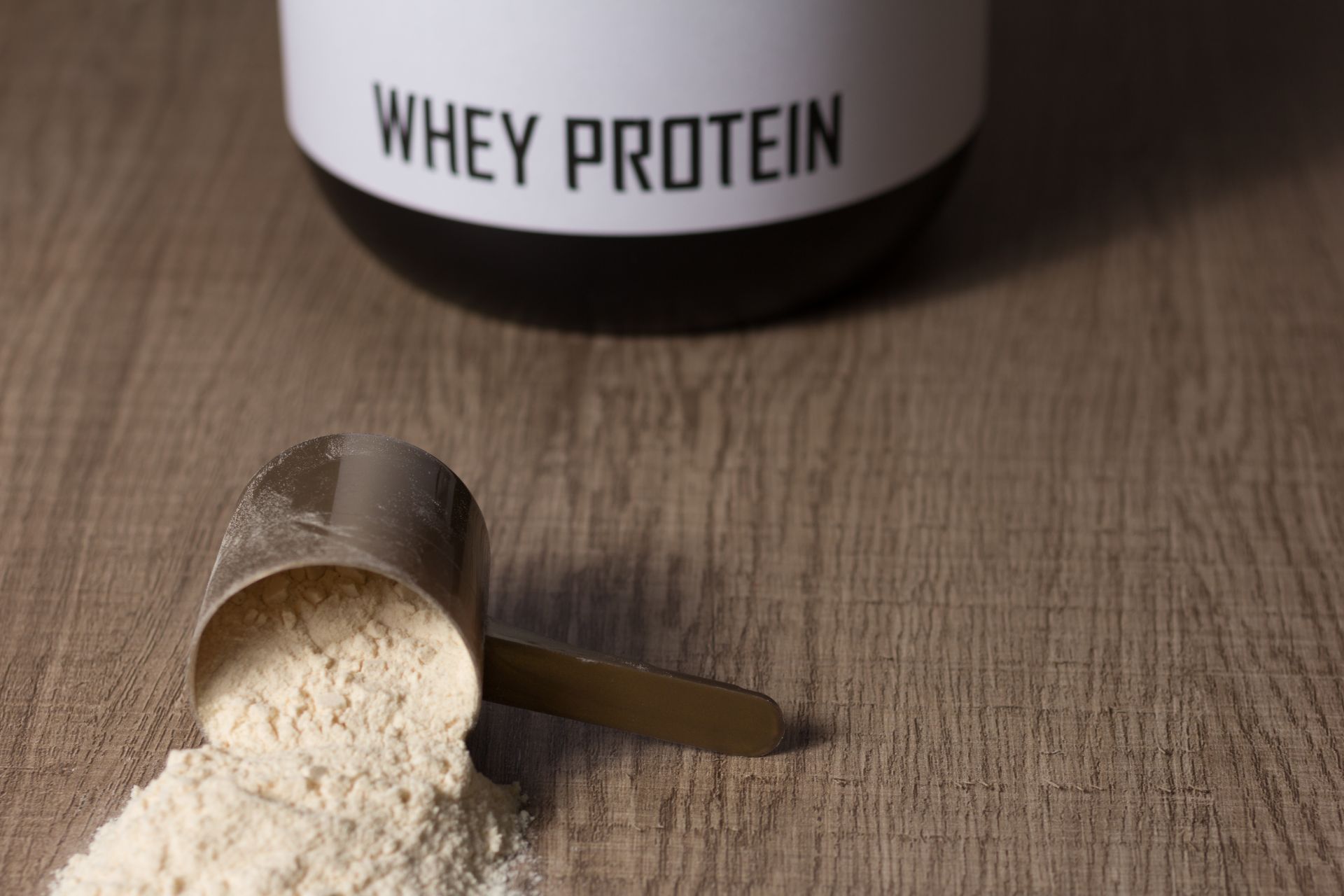
Sodium is a nutrient essential for the proper functioning of the human body. Sodium is involved in the regulation of water-electrolyte and acid-base balance, and affects the functioning of the nervous and muscular systems. Although sodium is an essential element for life, attention should be paid to its dietary intake.
- What functions does sodium have in the human body?
- Sources of sodium in the diet
- The human body's requirement for sodium
- Consequences of excess sodium in the diet
- How to reduce sodium in the diet?
What functions does sodium have in the human body?
Sodium is present in the human body in the amount of 92-105 g, mainly in bones, intracellular fluids and tissues. And the physiological concentration of sodium in the blood ranges from 135 to 145 mmol/L. When there is an excessive concentration of sodium in the blood, its excretion through the urine increases, while when there is a decrease in blood sodium levels, sodium is retained in the body. Among the most important functions of sodium in the human body are:
- regulation of water and electrolyte balance,
- regulation of acid-base balance,
- regulation of blood pressure,
- ensuring the proper functioning of the nervous (conduction of nerve impulses) and muscular (enabling muscle contractions) systems.
In addition, sodium is a component of hydrochloric acid in the stomach, which prevents the growth of pathogenic bacteria entering the digestive tract with food.
Sources of sodium in the diet
The main source of sodium in the human diet is table salt and products containing added salt. Among the foods with the highest sodium content are:
- bread,
- cured meats,
- canned meat and fish,
- canned vegetables,
- salty snacks (e.g., chips, crackers, sticks),
- fast-food dishes (e.g., French fries, casseroles, pizza, kebabs,
hamburgers), - ready-made seasoning mixes,
- cheeses (e.g., rennet),
- salted nuts,
- pickles (pickled cucumbers, sauerkraut),
- some mineral healing waters (e.g., Magdalena, Zuber, Francis).
Food labels usually indicate the amount of salt (NaCl), not sodium. To easily convert the salt content of a given product into the amount of sodium, divide the salt content given on the label by 2.5. If there is 1.5 g of salt (1,500 mg) in 100 g of a given food product, this means that the product contains 0.6 g (600 mg) of sodium.

The human body's requirement for sodium
According to the current dietary standards for the Polish population, the daily requirement for sodium should not exceed 1,500 mg. This value is independent of gender and age. As for the amount of salt, the acceptable daily amount is considered to be 5 g (2000 mg of sodium), which corresponds to one flat teaspoon. It is worth mentioning that a high level of physical activity and increased ambient temperature cause greater sodium loss with sweat, in which case the need for this mineral can be greater than 1,500 mg per day.
Consequences of excess sodium in the diet
In Poland and around the world, it is very common to exceed the sufficient intake of sodium in the diet, which is 1500 mg, and even 2-3 times. The results of studies clearly indicate that excess sodium is common in the diet of residents of Western European countries and the USA. Excess sodium in the human body can contribute to the development of many diseases, including:
- high blood pressure,
- obesity,
- kidney stones,
- osteoporosis,
- stomach cancer,
- stroke,
- Helicobacter pylori infection,
- metabolic syndrome.
Too high a level of sodium in the blood (hypernatremia) can manifest as excessive thirst, fatigue, irritability, lethargy, nausea, muscle weakness, and even convulsions and coma.
How to reduce sodium in the diet?
There are many ways to reduce dietary sodium intake. To do so, it is worth implementing some of the following tips:
-
Do not add salt to foods before tasting them and when cooking high-carbohydrate foods, such as porridge, rice, pasta and potatoes and yams.
-
It's a good idea to replace table salt with a seasoning mix without added salt, or you can choose salt with reduced sodium content, i.e. low-sodium salt with potassium and magnesium.
-
You should limit your dietary intake of yellow cheese, mozzarella cheese, feta cheese, processed cheese (preferably replaced with lean cottage cheese), as well as cured meats and smoked fish.
-
Replace light bread with wholemeal bread (e.g., wheat bread with rye bread on natural sourdough).
-
Avoid eating fast food (including: French fries, casseroles, pizza, hamburgers, kebabs, cheeseburgers) and salty snacks (crackers, breadsticks, chips, salted nuts).
-
Canned vegetables (e.g., corn, green peas, chickpeas, beans) should be thoroughly rinsed under running water each time before consumption to get rid of some of the sodium. Besides, it is advisable to reach for fresh and frozen vegetables (without added salt in the composition) more often.
-
You should limit your intake of pickled vegetables, to which salt is added during the production process. It's worth eating pickles, but it's important to exercise healthy moderation in their consumption, and even more so in the case of pickled cucumbers and sauerkraut in the fall and winter.
-
It is worth limiting the intake of highly processed products that contain salt, including: powdered soups and sauces, soy sauce, ketchup, canned meat and fish.
Sources:
- Jarosz M., Rychlik E., Stoś K. et al: Norms of nutrition for the Polish population and their application. National Institute of Public Health - National Institute of Hygiene, 2020.
- Aburto NJ, Ziolkovska A, Hooper L, et al: Effect of lower sodium intake on health: systematic review and meta-analyses. BMJ. 2013 Apr 3;346:f1326.
- D'Elia L, Rossi G, Ippolito R, et al: Habitual salt intake and risk of gastric cancer: a meta-analysis of prospective studies. Clin Nutr. 2012 Aug;31(4):489-98.
- Farquhar WB, Edwards DG, Jurkovitz CT, et al: Dietary sodium and health: more than just blood pressure. J Am Coll Cardiol. 2015 Mar 17;65(10):1042-50.
 ⮜ Previous article
⮜ Previous article
Vacuum training - what is it?
 Next article ⮞
Next article ⮞